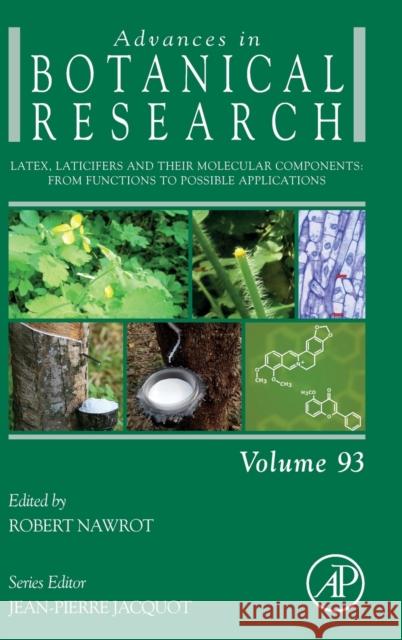Latex, Laticifers and Their Molecular Components: From Functions to Possible Applications: Volume 93 » książka
topmenu
Latex, Laticifers and Their Molecular Components: From Functions to Possible Applications: Volume 93
ISBN-13: 9780081029954 / Angielski / Twarda / 2020 / 254 str.
Latex, Laticifers and Their Molecular Components: From Functions to Possible Applications: Volume 93
ISBN-13: 9780081029954 / Angielski / Twarda / 2020 / 254 str.
cena 747,01 zł
(netto: 711,44 VAT: 5%)
Najniższa cena z 30 dni: 744,05 zł
(netto: 711,44 VAT: 5%)
Najniższa cena z 30 dni: 744,05 zł
Termin realizacji zamówienia:
ok. 18-20 dni roboczych.
ok. 18-20 dni roboczych.
Darmowa dostawa!
Kategorie:
Kategorie BISAC:
Wydawca:
Academic Press
Seria wydawnicza:
Język:
Angielski
ISBN-13:
9780081029954
Rok wydania:
2020
Numer serii:
000031153
Ilość stron:
254
Waga:
0.50 kg
Wymiary:
22.86 x 15.24 x 1.6
Oprawa:
Twarda
Wolumenów:
01
Dodatkowe informacje:
Bibliografia











